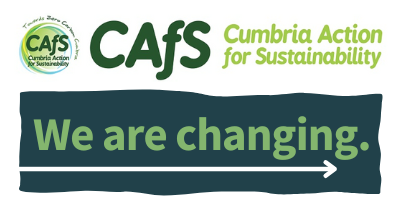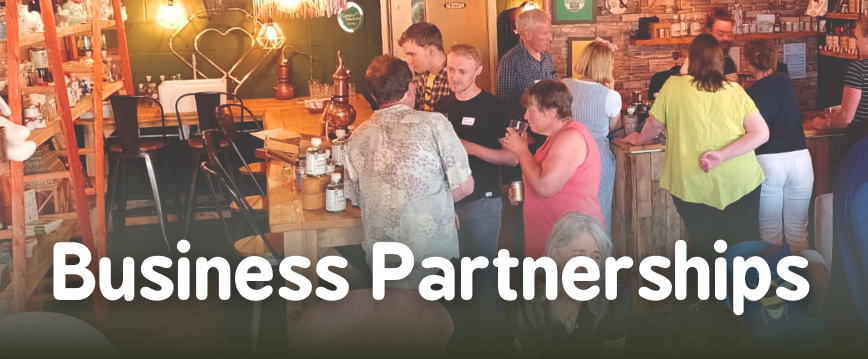What is business decarbonisation?
Decarbonising your business or reducing your business’s carbon footprint means taking decisive actions to reduce or eliminate greenhouse gas emissions from your operations.
This may involve shifting to renewable energy sources such as solar or wind, improving energy efficiency by upgrading buildings and manufacturing processes, adopting sustainable transportation, reducing waste, and choosing sustainable materials and products. It’s about making your business more eco-friendly, meeting regulatory requirements, saving costs, and enhancing your reputation with suppliers, clients and employees as a sustainable, responsible organisation.
Benefits of business decarbonisation
Saves you money
When your business uses less energy and resources, your operating costs are lower!
“The W&F Green Enterprise Hub has managed to put together a package of tools, advice and assistance that raises the bar in user friendly, results focused sustainability support for small businesses.”


